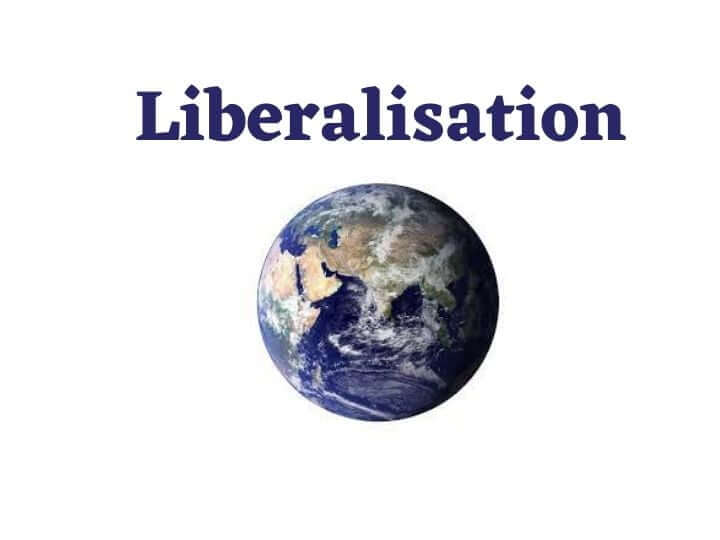Liberalisation is the process of producing units without the control of the government. Liberalisation is one of the key elements of NEP ( New economy policy).NEP came into existence in 1991. Prior to 1991 government had imposed certain restrictions on private sectors. As per these restrictions, private sectors should have licences. Also, the government control the price of goods, foreign exchange and also restrained investment by the big franchise. Due to these restrictions corruption increases. Also, undue delays and inefficient systems came into existence. It also impacts the growth rate. But liberalisation plays an advantageous role in developing countries like Korea, Thailand and Singapore. Their growth rate increase due to liberalisation.
Under Liberalisation following economical reforms take place:
1. Industrial Reform :
Under this reform licensing system was abolished. But it was decided certain sectors like liquor, cigarette, defence equipment and other dangerous chemical sectors should have licenses.
Also, the public sectors are reduced from 17 to 8 in the count. In the year 2010-11, it was noted that the public sector was reduced to three sectors. These sectors are atomic energy, railways and defence.
Production areas were de-reserved which were prior decided for small scale industries. Due to the abolition of having a license by the production industry. It was noted production capacity increases.Also, freedom to import goods upgrades technology. It was decided no permission was required for international imports of technology.
Financial sector reform:
In India, this sector is controlled by RBI (Reserve Bank of India). Under Liberalisation RBI role shifted from “a regulator” to a facilitator”.RBI as a regulator can fix the interest rate for commercial banks. And as a facilitator RBI leaves the decision of interest rate on commercial banks.
Due to the free role of RBI Private banks are emerged. In liberalisation FII(Foreign investment investors) allowed. Around 74% limit of FII was raised in banks.
As a result of these reforms financial sectors growth increases and it also enhanced the growth and development of the economy.
3.Tax reforms
The important component of the fiscal policy of the Indian government is tax reform. Mainly taxes are segmented into two types direct and indirect taxes. The burden of direct taxes cannot be shifted to others.
For instance, income tax. In this type of tax, the burden is imposed on a single person who pays it. In indirect tax burden can be shifted to others. For exemplary (GST)Goods and services. The tax structure was quite complex and complicated prior to liberalisation. High tax rates casing loss of government revenue and give rise to tax evasion.
4. Foreign Exchange reforms :
BoP crises were resolved by the foreign exchange reforms. As Indian currency was devalued compared to foreign currency. To counter this devaluation export increases. As a result of which supply of foreign currency into India rises. Also, external sectors in the country were also reformed.
To deal with the devaluation of the Indian economy India chose the “Float Exchange Rate “.The exchange rate of Indian currency in the international market is decided by the forces of supply and demand.
5. Trade and investment guidelines reform
Under this reform, it was focused to increase the international competitiveness of the Indian industry. Also, efforts are made to induce foreign investment in the country. The foreign technology brought into the economy is also the main focus of this reform. In Trade reforms following actions were taken
- The tariff rates were reduced.
- Import license abolished.
- Export duties were removed.
- Import and export restrictions were also removed.
